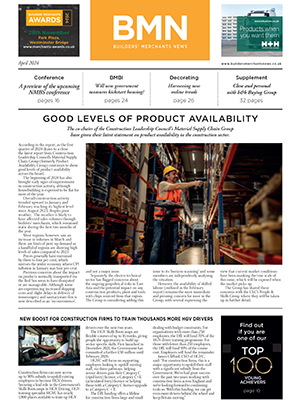Employment in the bricklaying sector is set to grow to 61,079 by 2018, according to new research released today by CITB.
The CITB’s Construction Skills Network (CSN) forecast shows that 8,500 bricklayers will be required over the next five years to meet growing demand, and the UK’s construction industry will need 36,400 additional employees overall. Demand for housing is expected to account for over a third (37%) of the UK’s total annual construction output between now and 2018, in addition to the demand for 245,000 new homes across the UK each year.
Across the whole of the construction industry, the employment footprint is forecast to show that plant mechanics (3.9%), civil engineering operatives (2.8%) and scaffolders (2.4%) will be most in demand, while at the other end of the scale, fewer plasterers (-1.2%), steel erectors (-1.0%) and labourers (-0.7%) will be recruited into roles.
While marginal employment growth is welcome news for the industry, employment levels within the sector remain 196,000 below pre-recession levels.
James Wates, chairman of CITB, said: “The CSN report shows that the economy is turning the corner and the bricklaying sector will benefit from that. But growth needs to be sustainable; underpinned by long-term infrastructure projects and continued investment.
“The government’s Help to Buy scheme has kick-started demand across the housing market and announcements on nuclear power, rail and roads have the potential to breathe fresh life into infrastructure and industry. Alongside this, we’d welcome fresh incentives to encourage housebuilding, and the assurance that major infrastructure projects in the pipeline go ahead as planned.
“Clarity and certainty of future projects is an important element of a sustained recovery. That gives employers the confidence to train and to plan.”
Sameena Thompson, external affairs director of the National Federation of Builders, said: “Construction demand, particularly in the housebuilding sector, is producing a positive knock-on effect on the bricklaying sector. A rise in employment signals good news for the industry and more work will also signal increased economic activity, with benefits that go beyond construction.
“We are also looking forward to working with CITB over the coming 12 months to give construction businesses the skills they need to take advantage of the upturn and to stay ahead of developments such as building information modelling.”






